The sun is shining bright as science teacher Dr. Michelle Lafevre-Bernt reaches over her beloved grandmother to pick the freshest tomato in her garden. Ever since she was young, Lafevre-Bernt has been intrigued with the outdoors. Starting four years ago, she began to utilize her gardening skills at San Marin to help launch a new garden with the purpose of being an outdoor classroom.
“It was when I started teaching the STEM biology class that I got interested in the garden because I started learning teaching through projects all the time,” said Lafevre-Bernt.
She realized that the second, newer garden could be a unique and effective way to teach students at San Marin and at elementary and middle schools.
Lafevre-Bernt has not worked alone; she has received help from students. San Marin senior Olivia Wreden was one of the volunteers. As part of her Girl Scout Gold Award project, Wreden built raised beds and compost bins using donations from Novato Builders and Pini Hardware. Wreden’s goal had been to see the garden eventually used as an outdoor classroom, and now she will get the opportunity to watch it happen.
“Being outside could stimulate their learning process,” said Wreden. On September 9, 2016, Wreden officially received her Gold Award but still plans to add more to the garden.
“I like working with the school, that’s my motivation,” said Wreden.
Other faculty are beginning to join in on Wreden and Lafevre-Bernt’s idea. Art teacher Elenai Katsaros and math teacher Susan Taggard are both planning on incorporating the older garden into their curriculums. Before Taggard and Katsaros had begun to consider using the garden, science teacher Melissa Havel had attempted to use the grow produce to use in her own classroom.
Lafevre-Bernt, Katsaros, Taggard, and Havel are hoping that the garden project will allow students to learn to work creatively in an inspirational setting other than a standard classroom.
The garden’s exact uses will vary between subjects and teachers at San Marin, but its main use for the elementary schools will be to teach the students about pollinators as well as plant and animal interactions.
However, squirrels made it near impossible to grow anything, despite one successful year. Havel and her students tried to solve this problem in every imaginable way, yet everything failed.
Havel herself was a gardener previous to her job as a teacher, and she wanted to pass her knowledge on to her students. Her main objective, however, was to grow fresh food and allow the students to pick it and make a salad, thus teaching about the concept of gardening.
The garden and Havel’s ideas were then adopted by Taggard and Katsaros. They are currently hoping to solve the issue with the squirrels.
“We’re going to take one step forward; we don’t even know if this is going to be successful or not, but we’re sure going to try,” Taggard said.
More problems have also arisen. Lafevre-Bernt has cared for the garden since it was built, but slowly, she has become busier and is unable to give the garden the attention it requires. Last school year, she hosted Saturday Academies. The students that attended helped tend the garden by weeding and watering, and now she hopes to find people who can do this on a regularly. Lafervre-Bernt spends an average of about 45 minutes watering per week. Lately, she has found herself looking for a few more students willing to help for community service hours. Presently, there are drought and deer resistant pollinator plants, but Lafevre-Bernt also wants to add signs for labeling the plants and crediting volunteers, sculptures, stepping stones, and an irrigation system. She also foresees possible conflict with loud portables distracting students working in the garden and the need to move equipment for the construction of the new STEM building interfering with the garden’s location. Taggard and Katsaros are also currently dealing with squirrels.
However, throughout these difficulties, the teachers continue to work harder to launch the garden project once and for all.
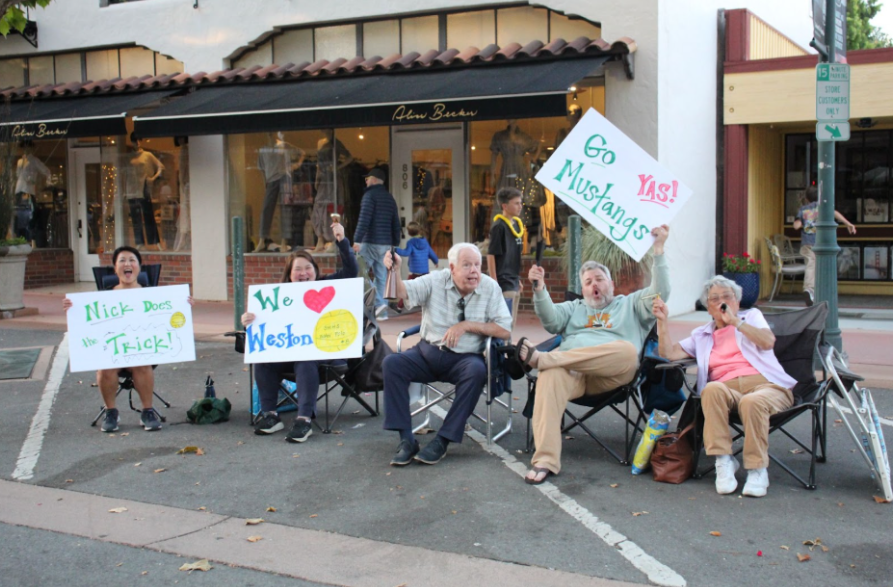


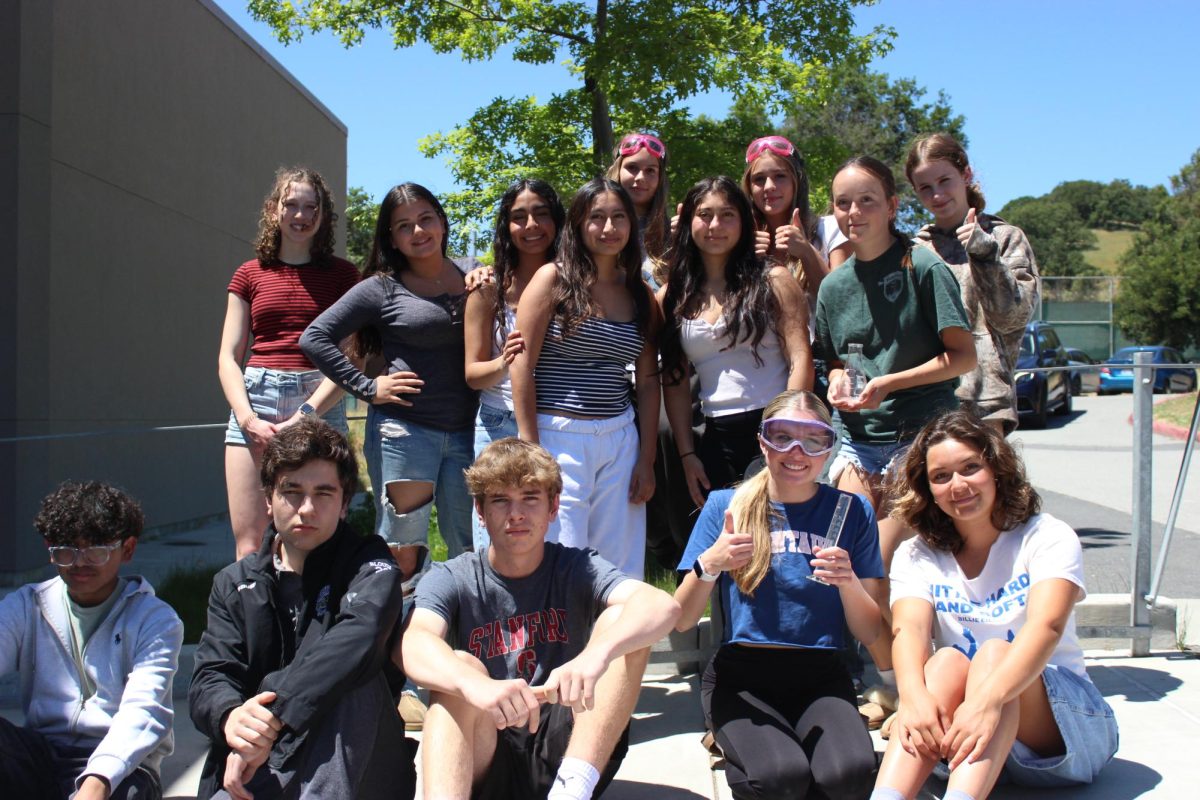

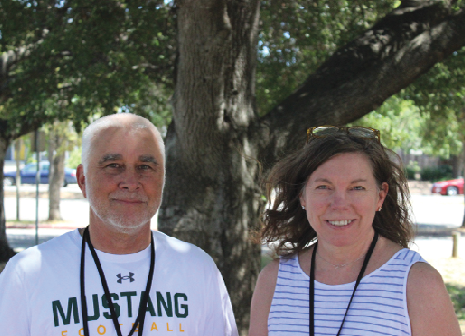
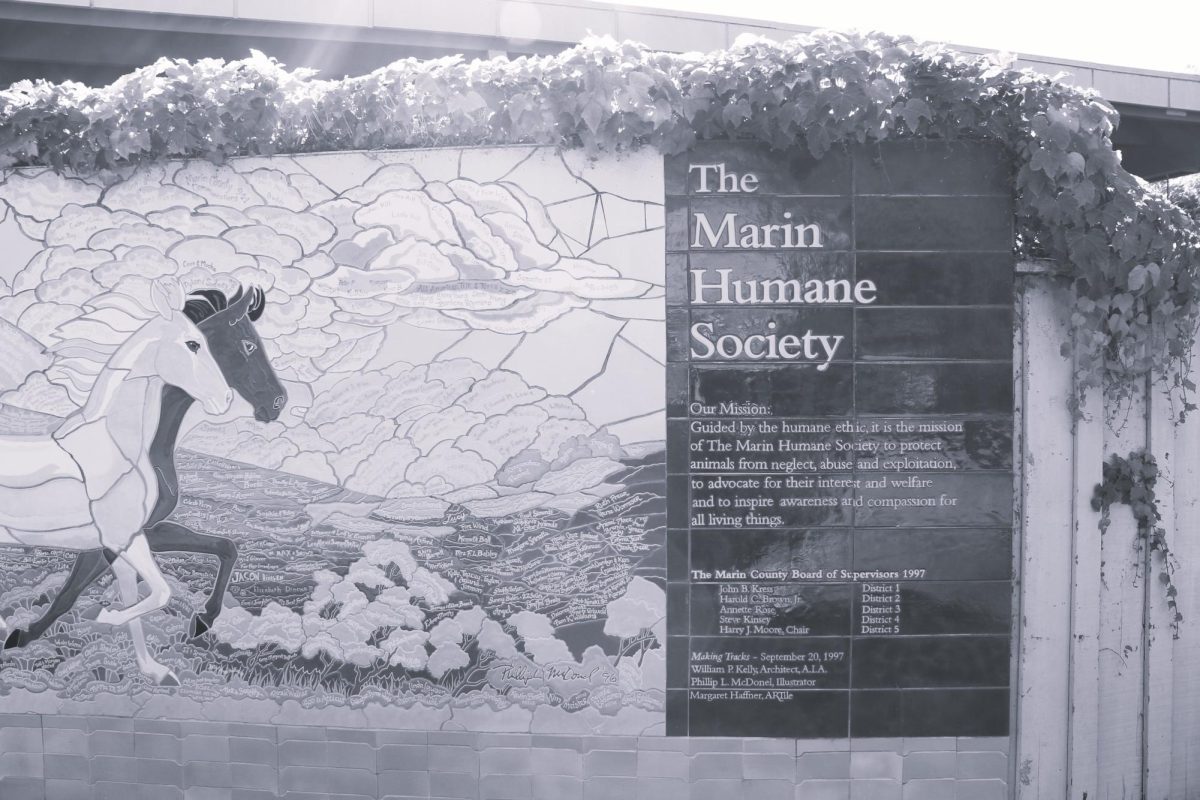
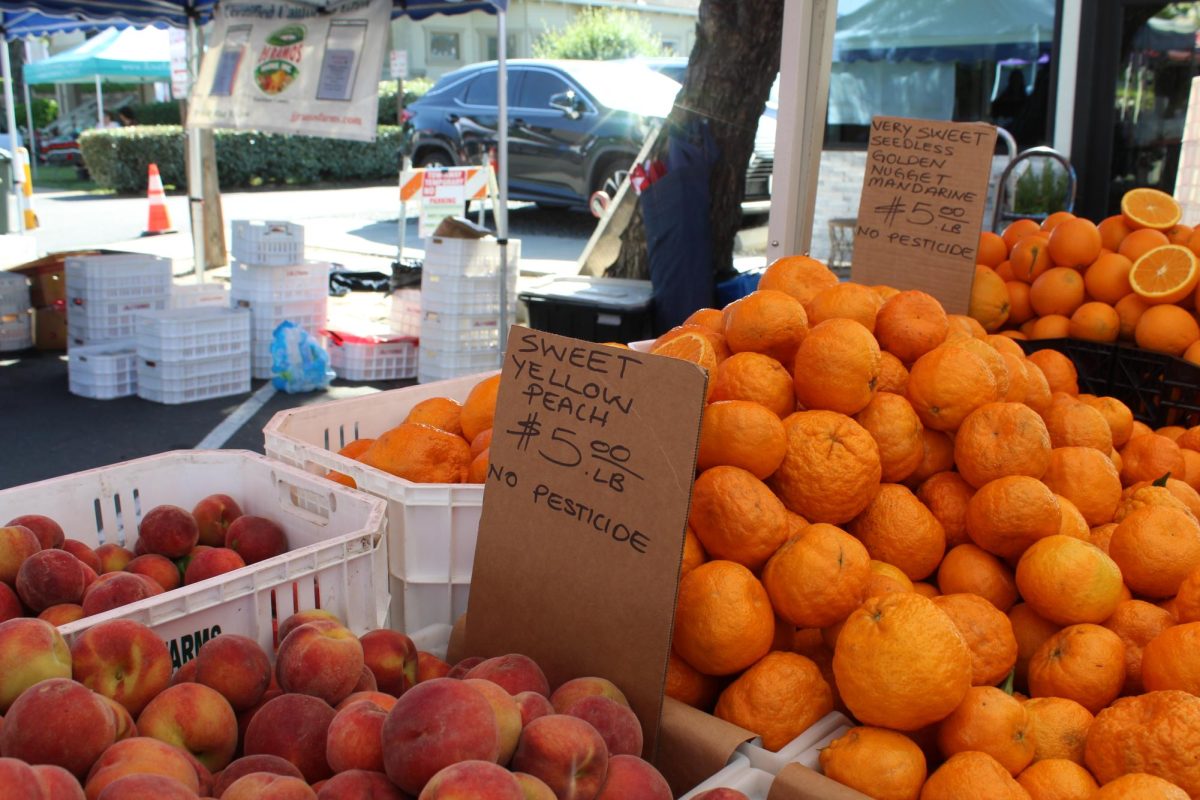

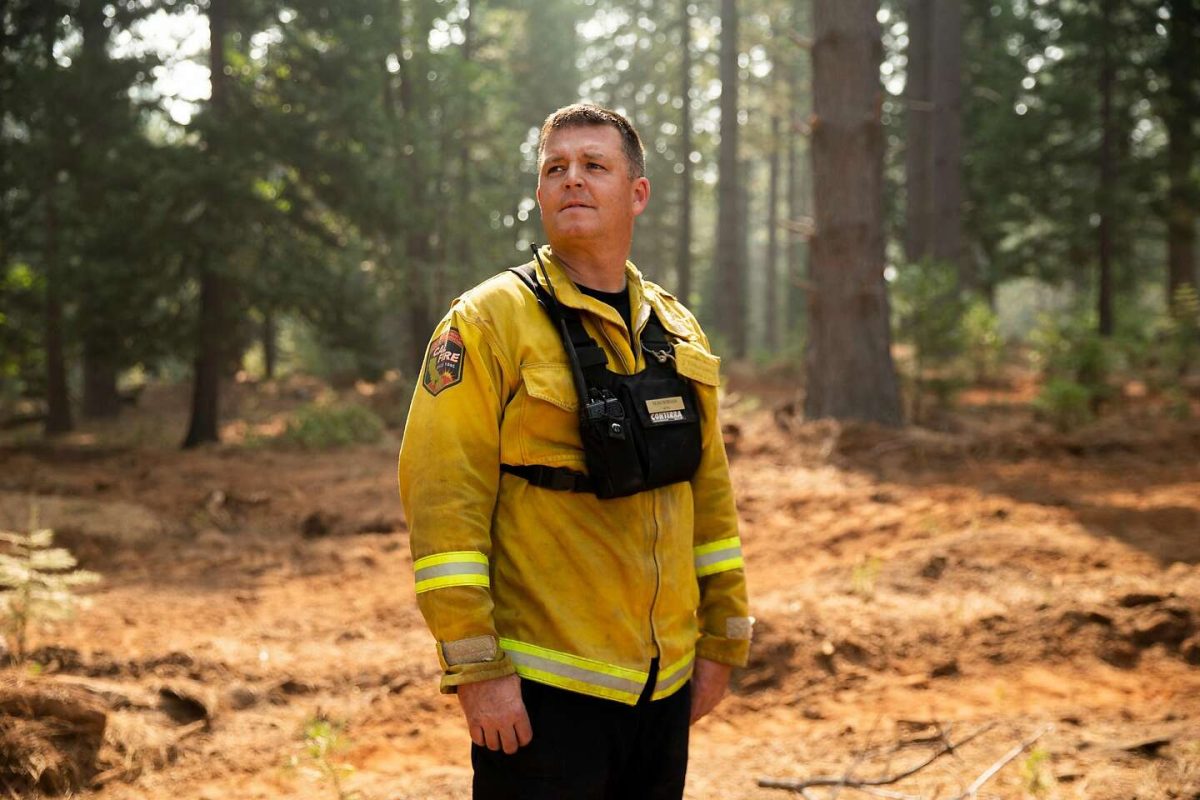
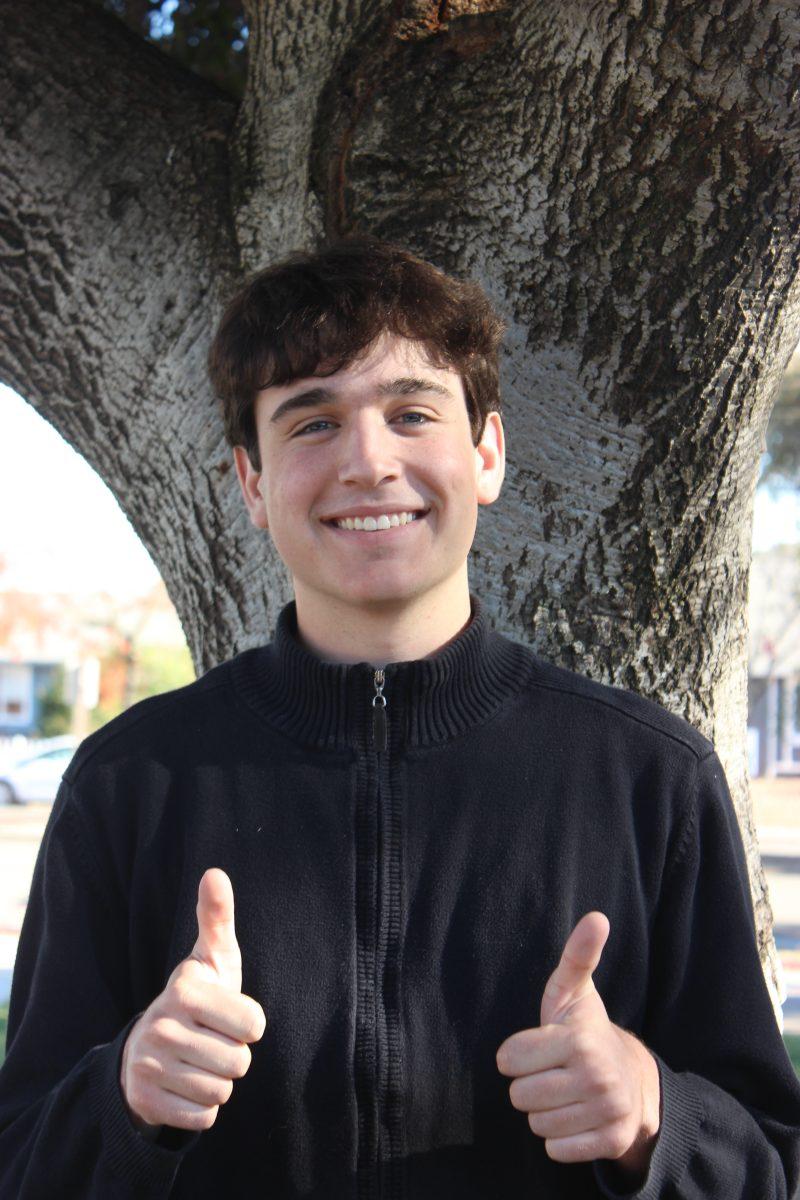
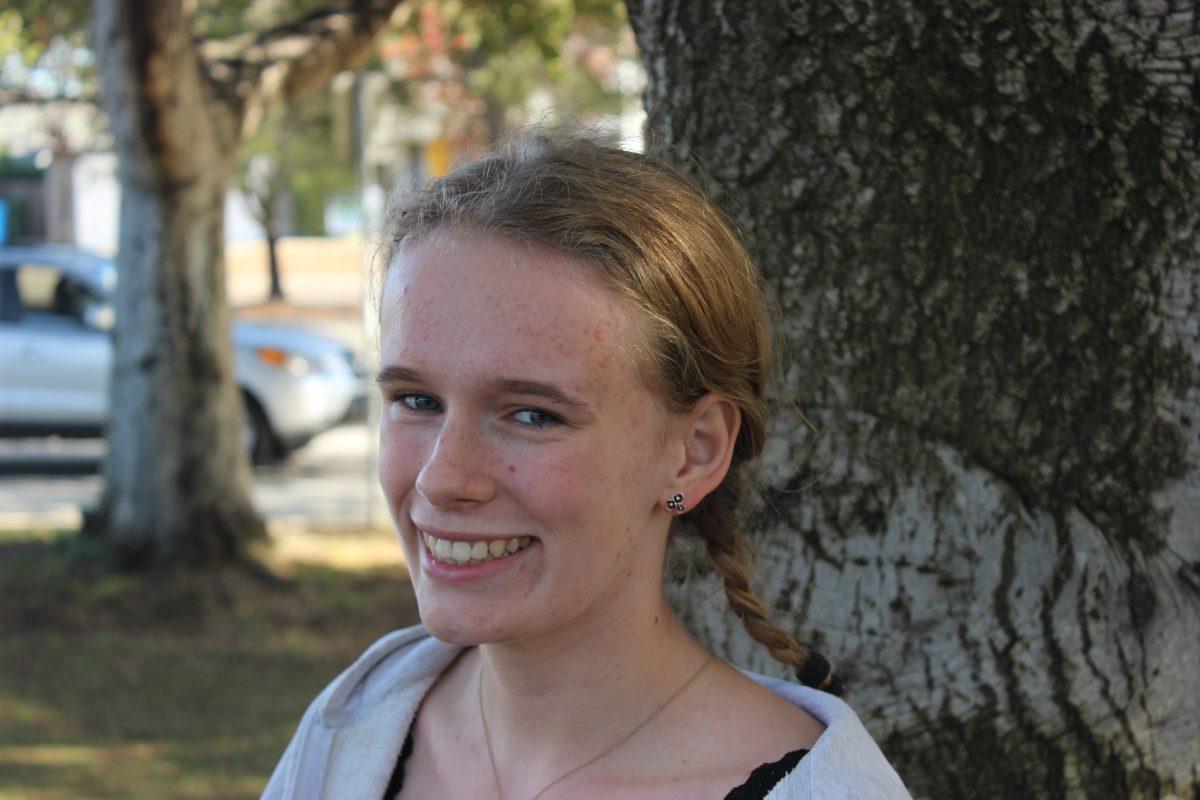
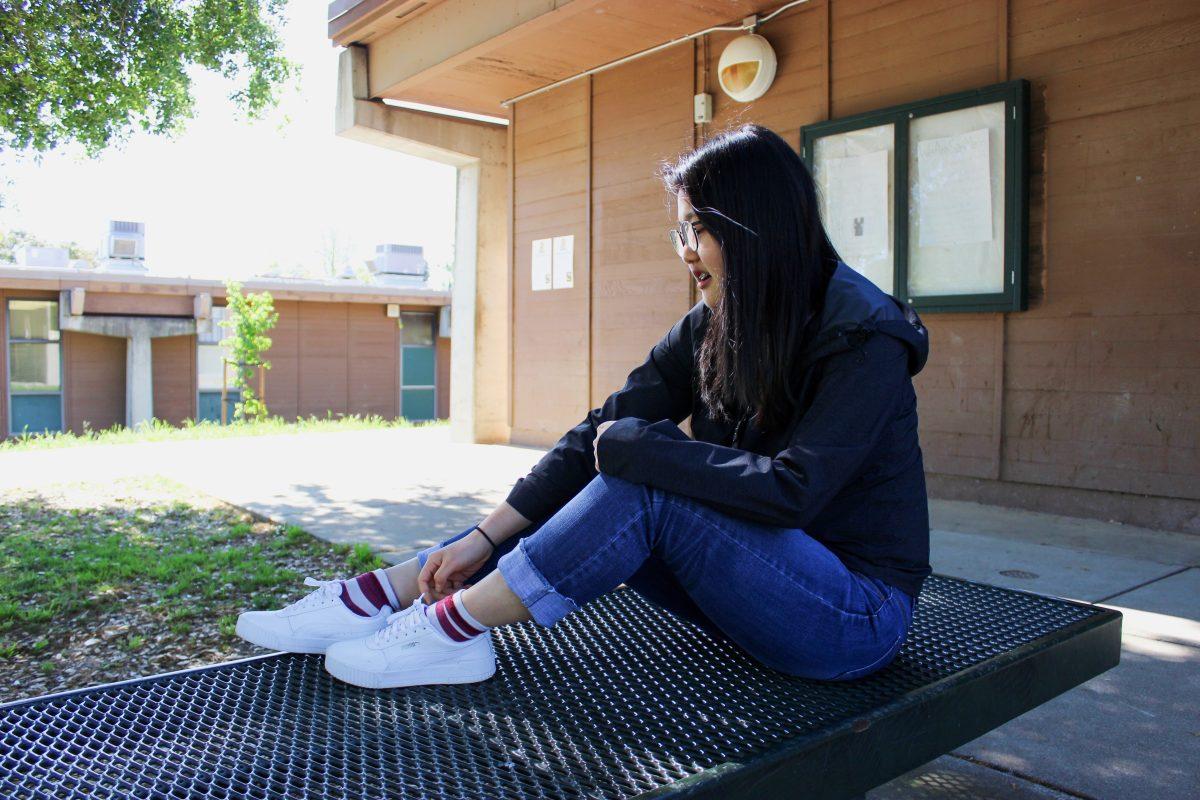

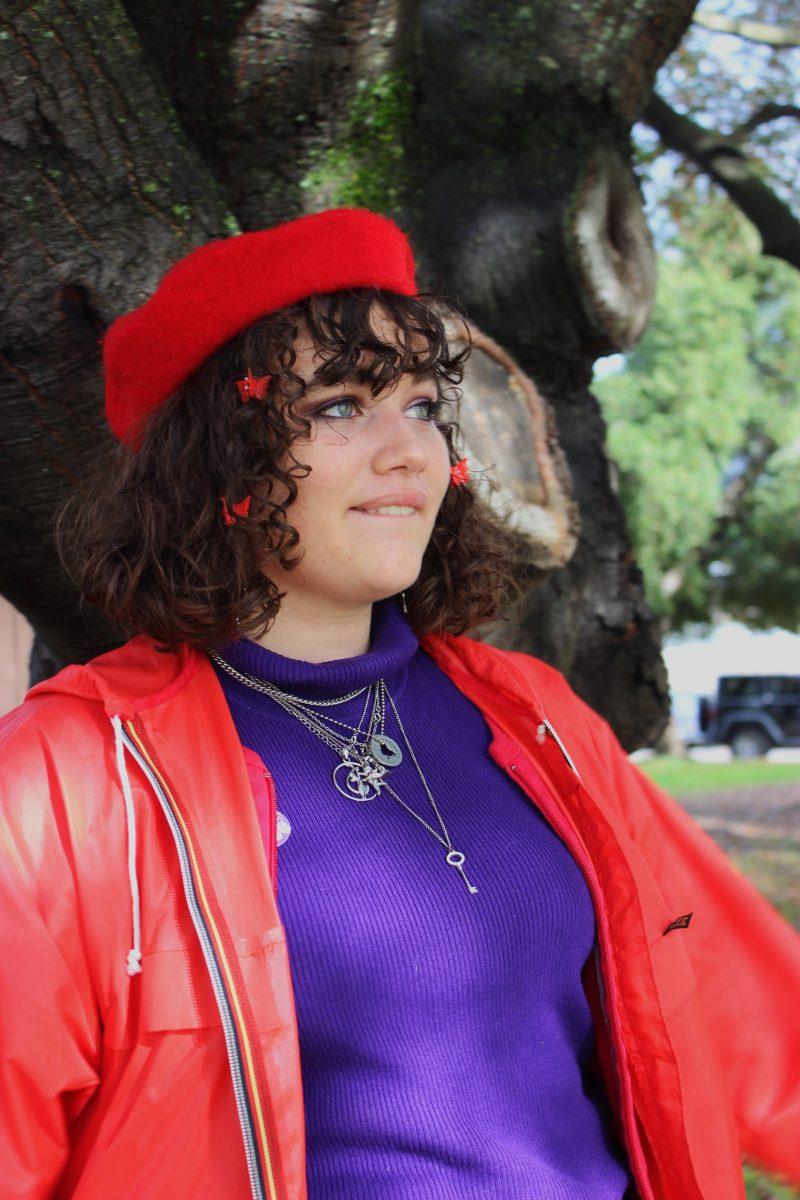
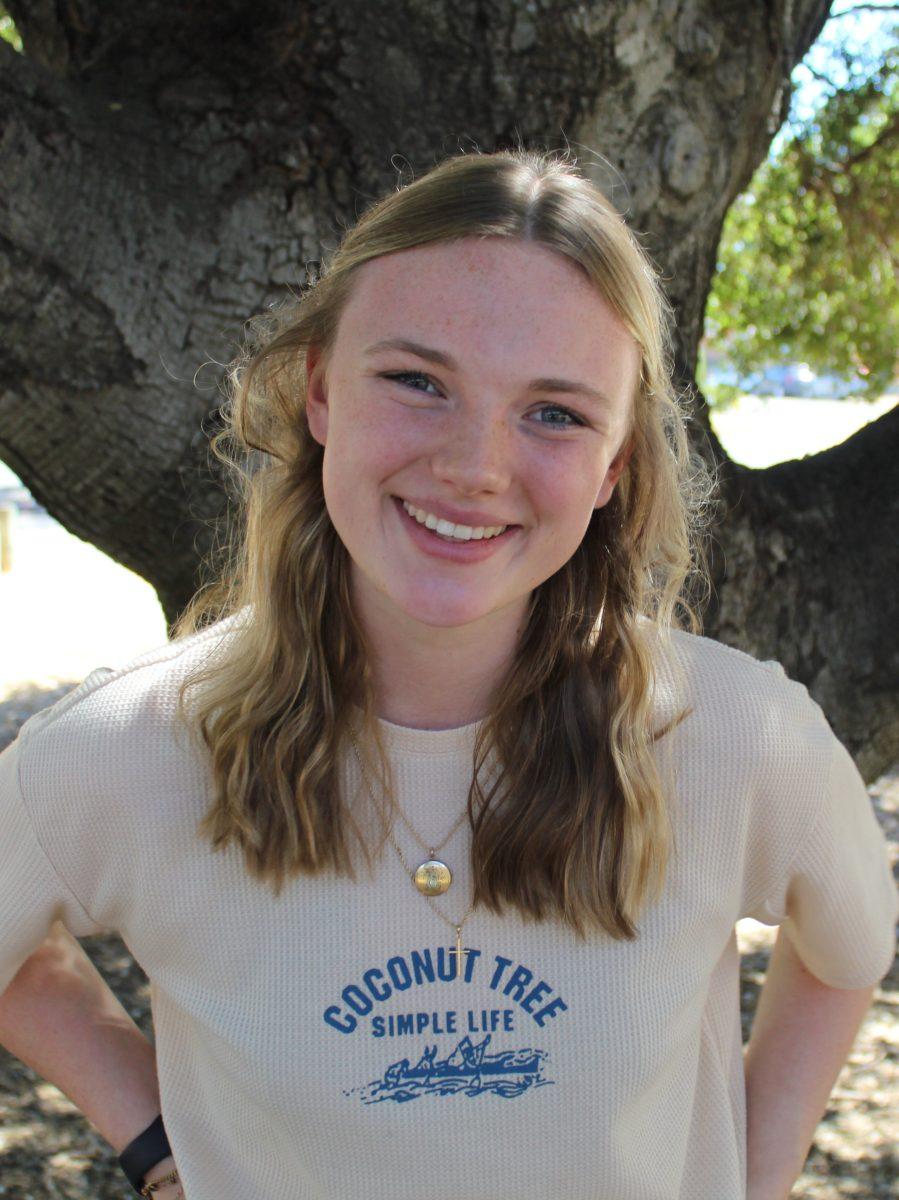
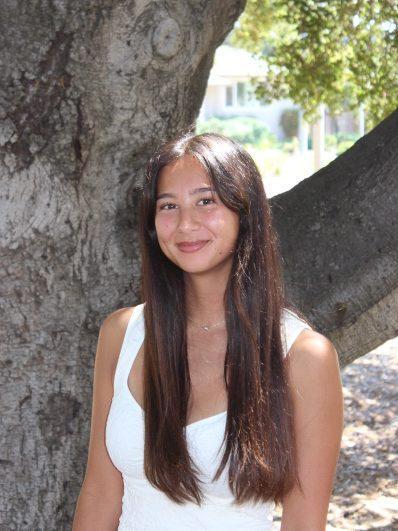

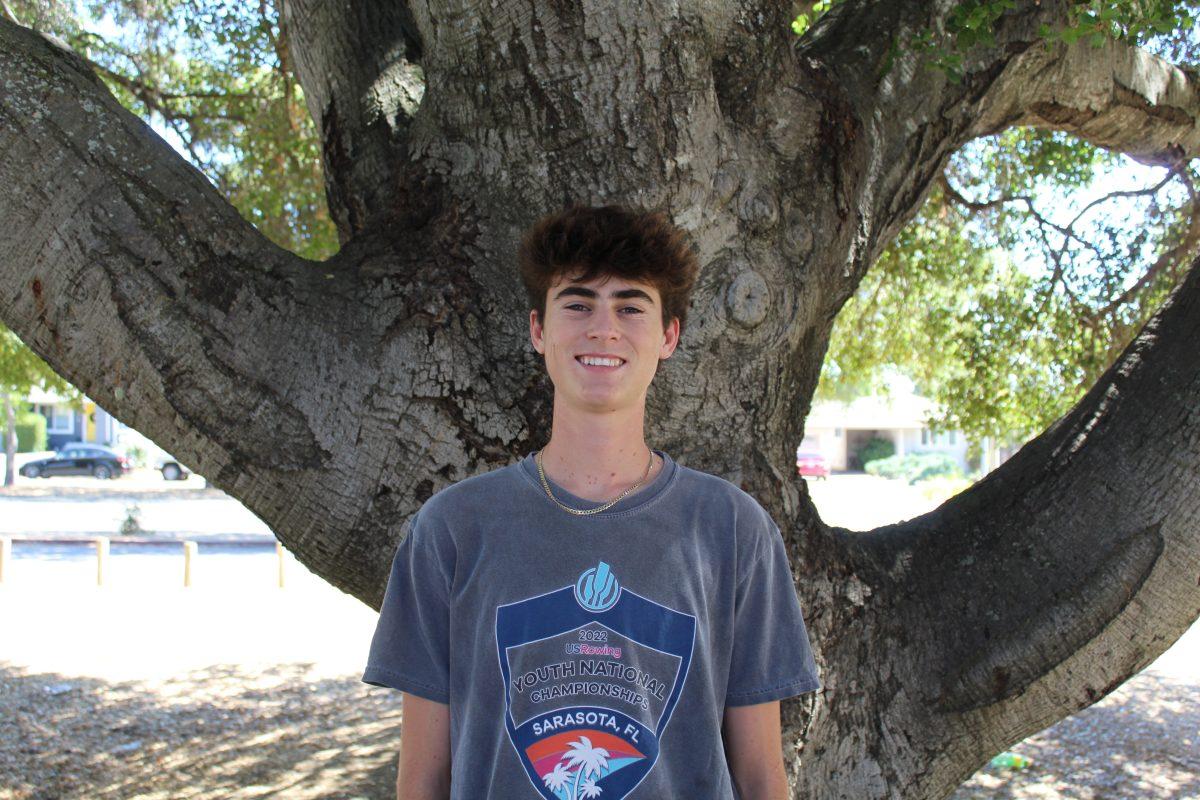
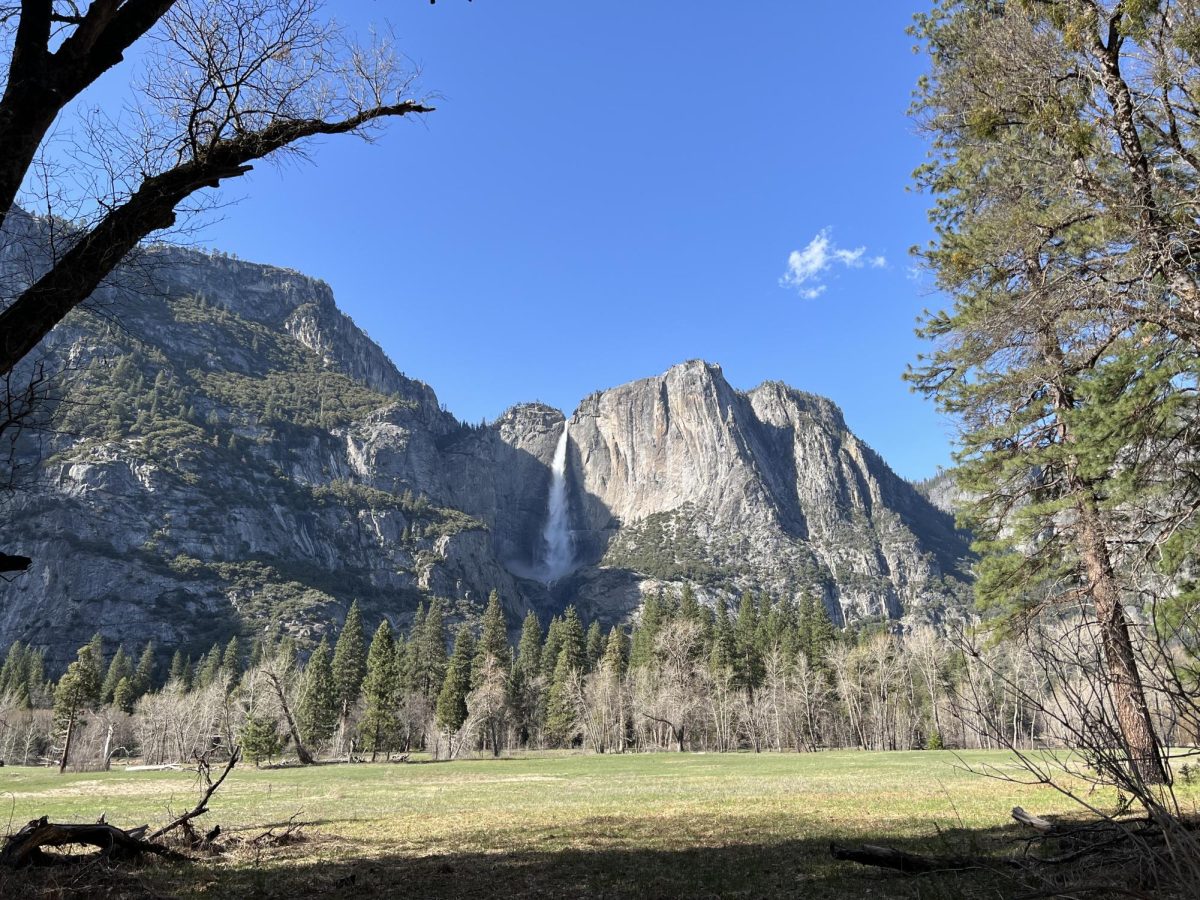
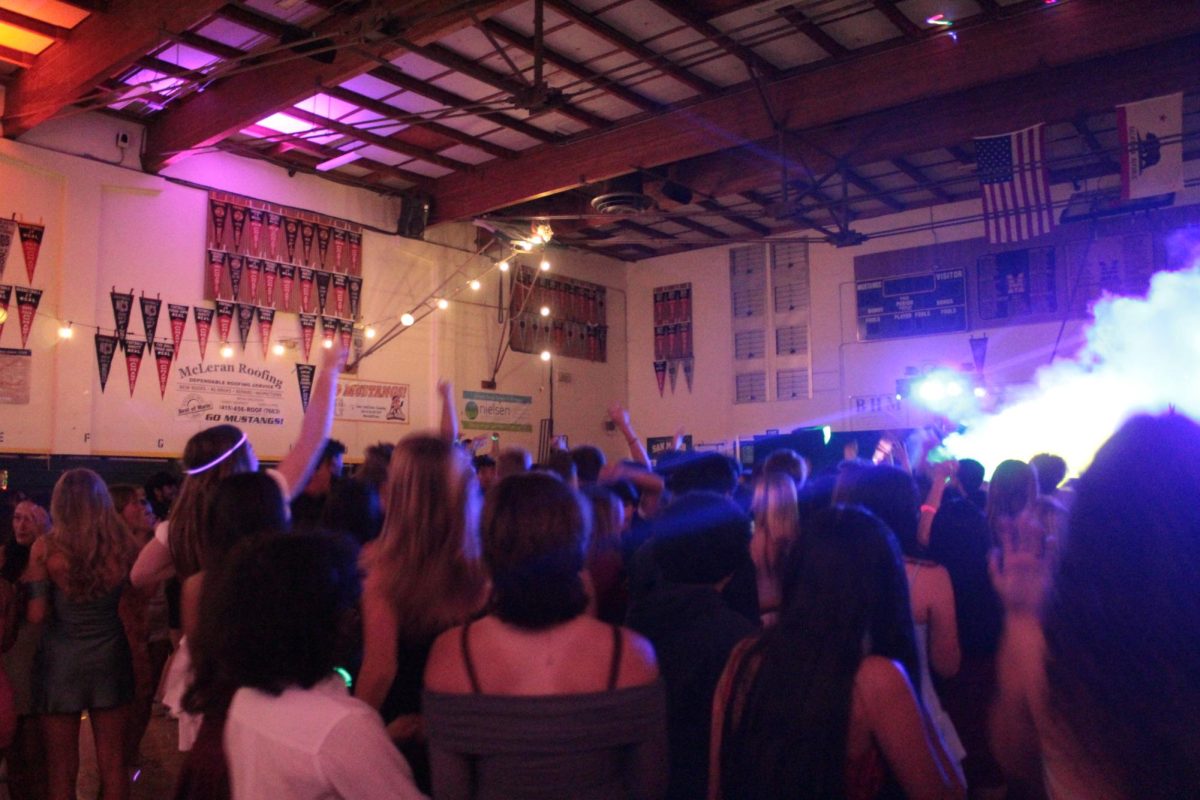



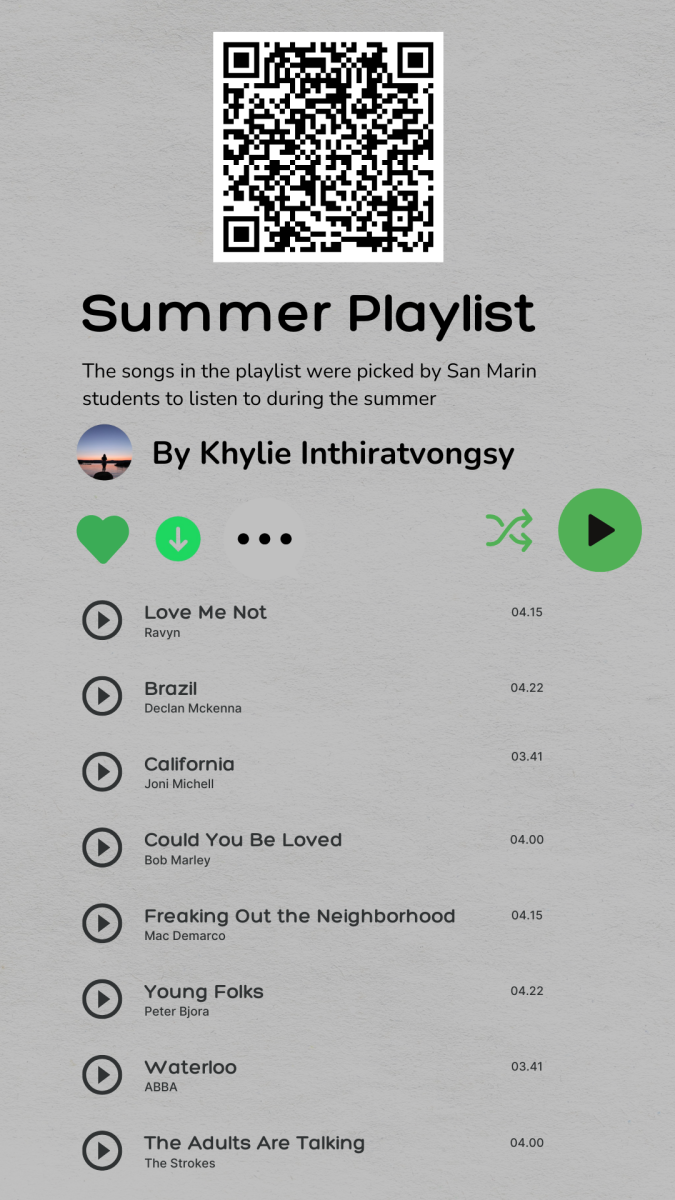
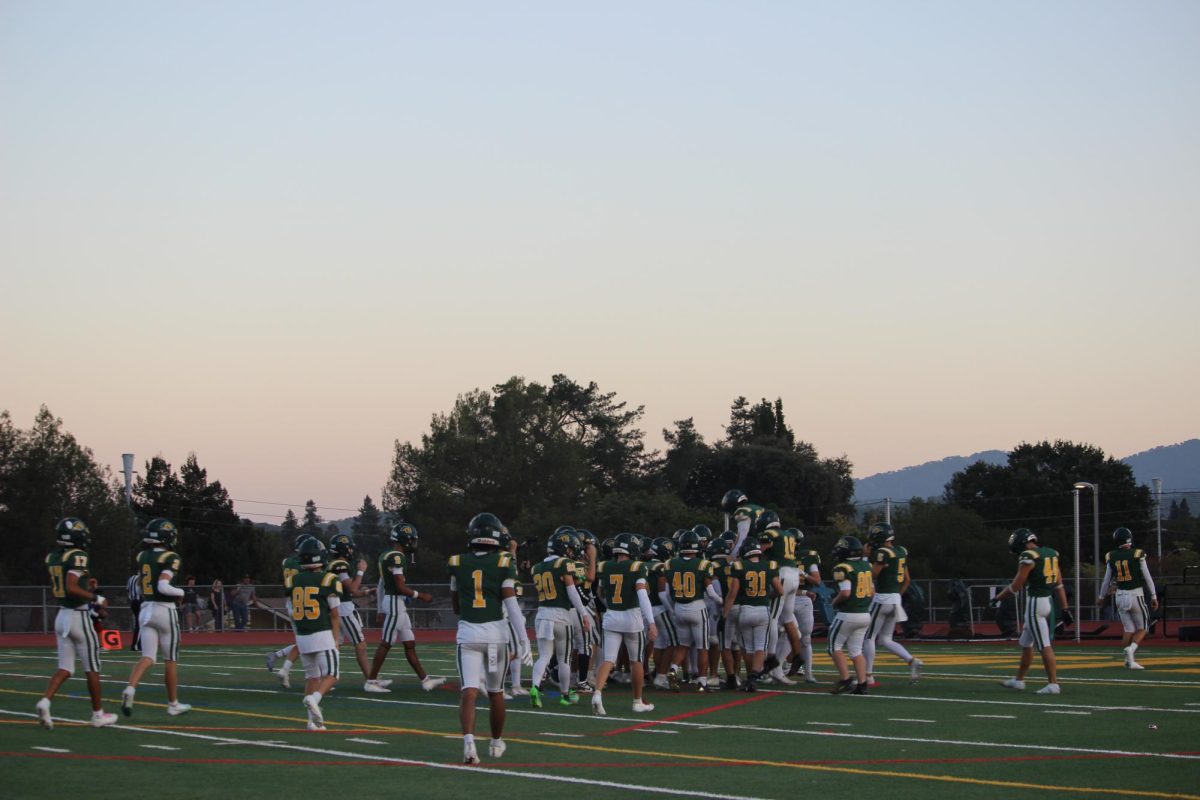

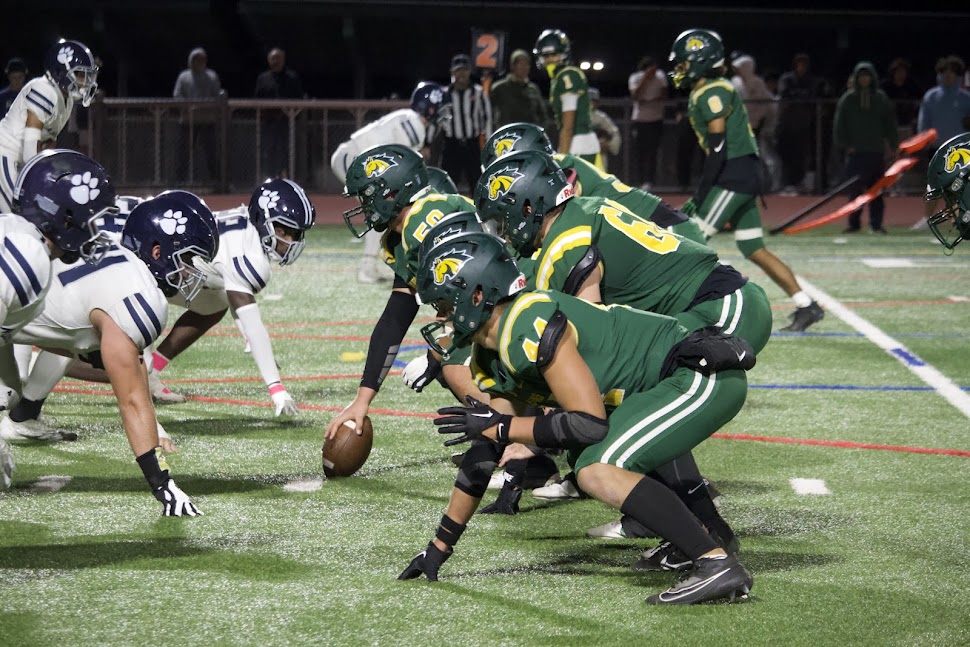



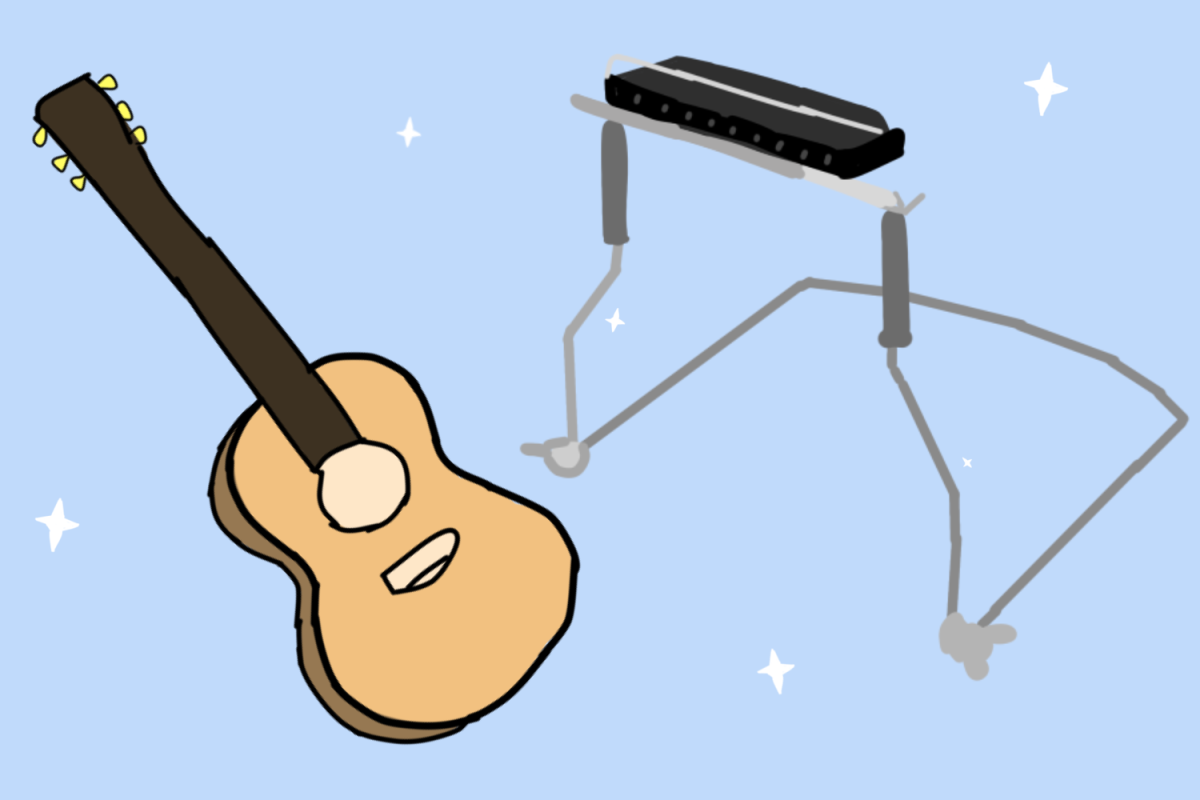





![Students work together to build plant beds for STEM garden. [Courtesy of Su Wreden]](https://smhsponyexpress.org/wp-content/uploads/2017/10/gardenconstruction1-1200x900.jpg)
